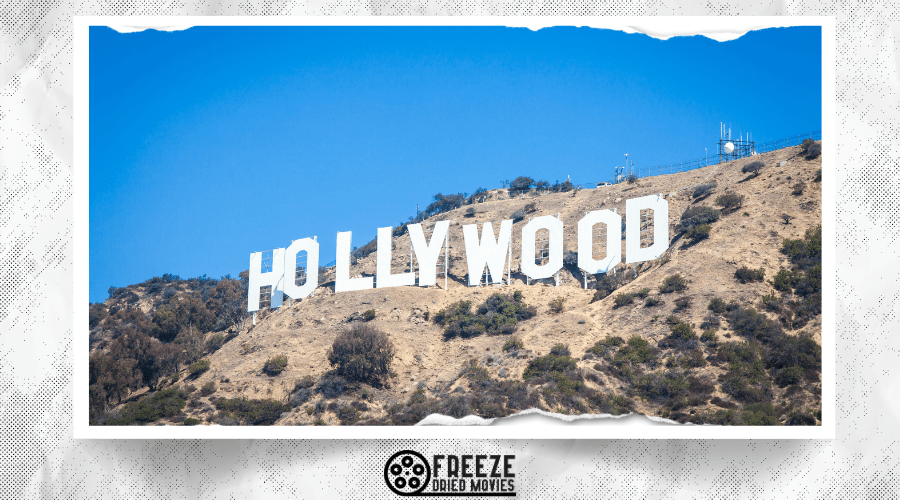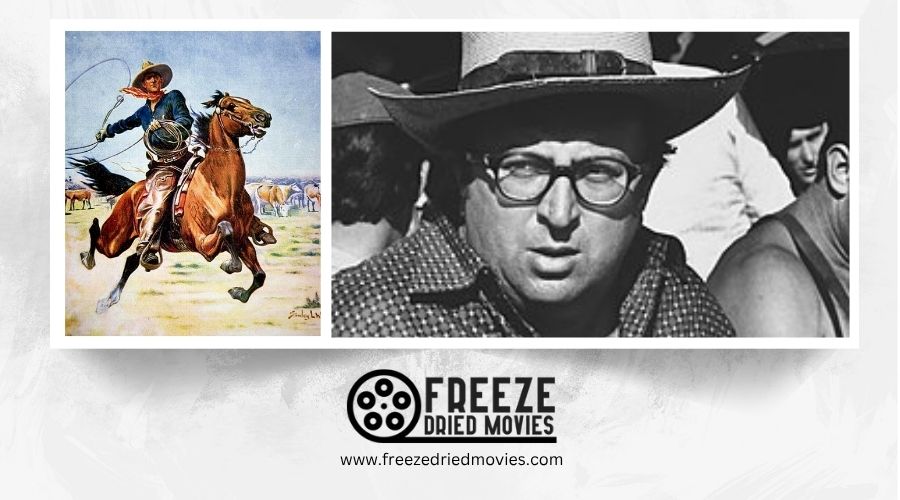The Collaborative Writing Process Behind Sergio Leone’s Classics
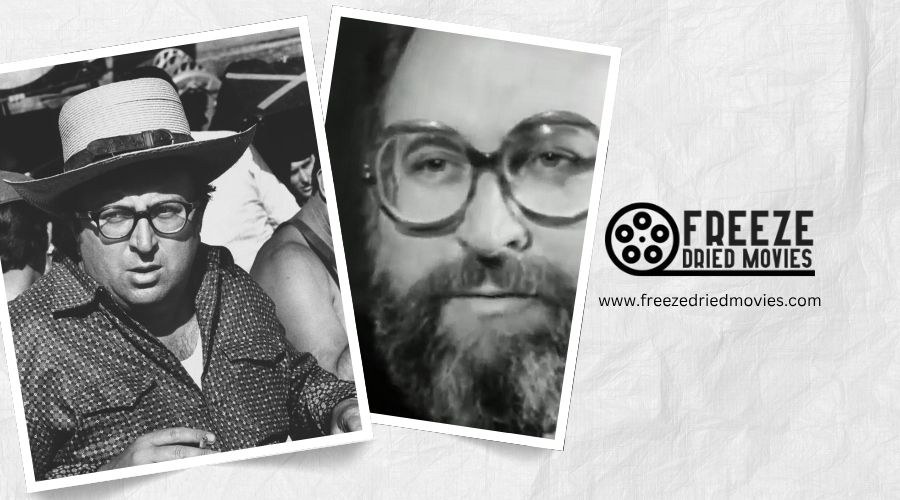
When you think of Sergio Leone's westerns, you're likely picturing the iconic close-ups or Morricone's haunting scores—not the collaborative writing process that shaped these masterpieces. Behind Leone's visionary direction stood talented screenwriters like Vincenzoni and Donati, who transformed rough concepts into morally complex narratives. Their partnership crafted the layered characters and nonlinear storytelling that made these films transcend the western genre. What you don't see in those sweeping desert landscapes is how many hands shaped the stories you've come to cherish.
The Genesis of Leone's Screenwriting Teams
Nearly all of Sergio Leone's cinematic masterpieces emerged from a rich tapestry of collaborative writing. You'll find that Leone rarely worked alone, instead surrounding himself with talented screenwriters who could translate his visual imagination into compelling narratives.
Luciano Vincenzoni and Sergio Donati became his most trusted collaborators, helping craft the screenplays that would define the Spaghetti Western genre.
These partnerships weren't accidental. Leone deliberately sought writers who understood his unique aesthetic and could contribute fresh perspectives to his storytelling approach. The screenwriting teams would begin with basic storylines before meticulously developing complex characters and dialogue through multiple revisions.
This iterative process allowed Leone to refine his vision while incorporating the diverse influences and experiences his screenwriters brought to the table.
Leone's layered narratives often incorporated elements of moral ambiguity similar to those found in classic film noir, creating complex characters that defied simple categorization.
Sergio Donati: From Law Student to Legendary Screenwriter
Among Leone's most influential writing partners, Sergio Donati stands out for his remarkable journey from law student to legendary screenwriter. While studying law at 21, he began writing mystery novels that eventually caught the attention of the film industry.
His fateful meeting with Sergio Leone transformed his career, leading to an exclusive contract where he often served as an uncredited ghost writer on Leone's classics.
When the Italian film industry faced crisis, Donati demonstrated remarkable adaptability, moving between advertising, publishing, and screenwriting. His return to film solidified his legacy.
Despite the challenging status of screenwriters in Italy compared to their American counterparts, Donati excelled at translating Leone's vision into compelling narratives about American history while traversing their contrasting creative approaches. Donati's dedication to authenticity mirrored the revolutionary Method acting approach that transformed cinema in the 1950s through performers like Marlon Brando.
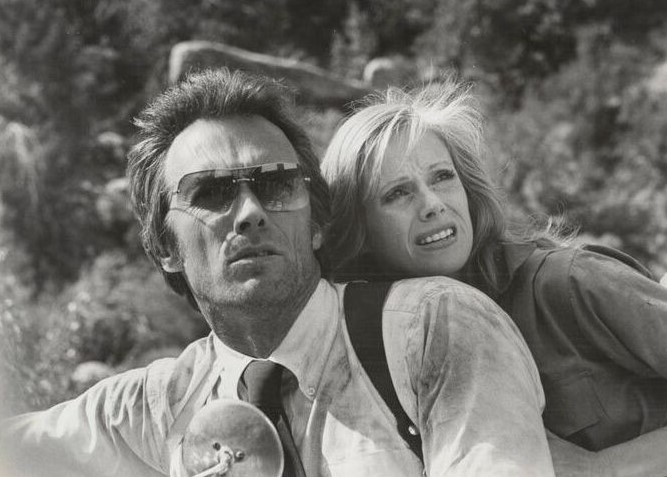
Crafting Characters: The Multi-Layered Personas of Leone's Westerns
The quintessential hallmark of Leone's westerns lies in his revolutionary approach to character development. Working alongside collaborators like Vincenzoni and Donati, Leone created morally ambiguous figures that transformed the Spaghetti Western genre. You'll notice how Clint Eastwood's "Man with No Name" defies traditional Western archetypes, blending ruthless pragmatism with unexpected moments of heroism.
Leone's visual storytelling excels through his innovative use of close-ups, capturing subtle emotional nuances that reveal psychological depth. In Once Upon a Time in the West, Henry Fonda's villainous Frank demonstrates Leone's willingness to subvert audience expectations. This deliberate casting choice was a shocking villainous turn that upended the traditional Western mythos Fonda had helped establish through his principled hero roles.
The psychological duel between Harmonica and Frank explores profound themes of honor and vengeance, showing how Leone's characters exist in complex moral territory that challenges your sympathies and enriches the narrative.
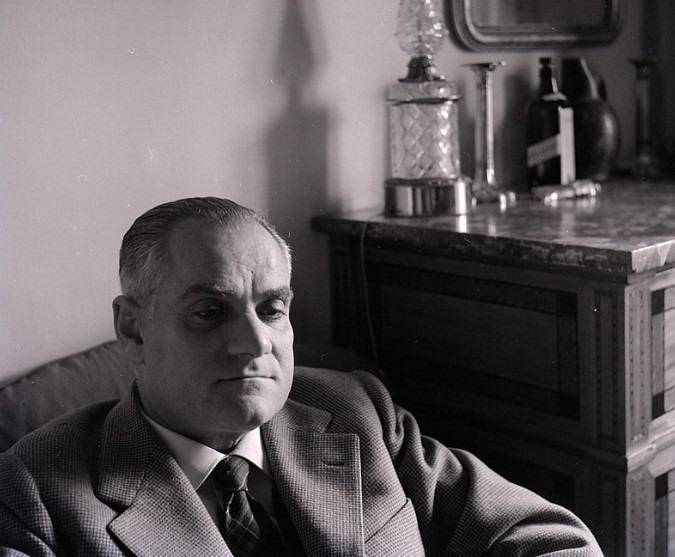
Literary Influences on Leone's Narrative Approach
Literary imprints on Leone's narratives run deeper than many viewers might initially recognize. Screenwriter Sergio Donati brought his experience as a published author of crime novels and mystery fiction to Leone's filmmaking, infusing the director's visual style with sophisticated narrative structures.
You'll notice how the Italian literary tradition, particularly works by Alberto Moravia, shaped Donati's character-driven approach. This influence manifests in the films' themes of alienation and betrayal, creating morally ambiguous characters that transcend typical Western archetypes.
Together, Leone and Donati transformed literary techniques into visual storytelling, crafting nonlinear narratives filled with symbolic imagery and visual metaphors. What appears on screen as Leone's distinctive cinematic language actually represents the successful translation of literary depth into an immersive viewing experience.

From Page to Screen: How Leone's Scripts Evolved During Production
While Leone's literary influences shaped his cinematic vision, his screenplays underwent remarkable transformation from initial conception to final cut. You'll find Sergio Leone's approach to the spaghetti Western genre was distinctly improvisational, with scripts continually evolving throughout production.
During the Dollars trilogy and beyond, Leone told his crew that flexibility was essential. He worked closely with writer Luciano Vincenzoni in a dynamic collaborative process, frequently rewriting scenes even as filming progressed. You'd often see Leone revising dialogue on set, capturing spontaneous character moments that weren't in the original text.
This fluid approach extended to pre-production, where Leone developed his storytelling through meticulous storyboarding. The iconic visual sequences in films like "Once Upon a Time in the West" emerged from this ever-changing creative method.
The Visual Language of Leone's Screenplays
Unlike conventional filmmakers who prioritized dialogue, Sergio Leone crafted screenplays that functioned as detailed visual roadmaps. His Western scripts emphasized visual storytelling through meticulous camera directions, extreme close-ups, and sweeping landscape shots that defined his distinctive visual style.
His screenplays prioritized images over words, incorporating precise descriptions of characters' expressions and physical movements to convey narrative through action rather than dialogue. The scripts included specific cinematographic techniques and production design elements that translated seamlessly from page to screen.
What truly elevated Leone's screenplays was their integration of operatic music cues and sound effects, deliberately placed to enhance emotional impact and create rhythmic pacing. This holistic approach guaranteed his visual language remained consistent from conception through final production.
The Role of Cultural Bridging in Leone's International Productions
Beyond his visual mastery, Sergio Leone's genius emerged in his ability to orchestrate cross-cultural collaborations that transcended national filmmaking boundaries. You'll notice how he paired American actors like Clint Eastwood with European supporting casts, creating films that resonated across continents.
Leone's approach revolutionized the American Western by infusing Italian storytelling sensibilities. His screenwriting partnerships with fellow Italian filmmakers like Sergio Donati reinterpreted familiar Western tropes through a European lens. The cultural significance of these productions was further enhanced by Ennio Morricone's innovative scores, which blended operatic grandeur with folk elements.
This international production model wasn't just practical—it was artistic alchemy. By securing multinational financing and creative talent, Leone created a new cinematic language that spoke to audiences regardless of their cultural background.

Narrative Timing: The Art of Slow Cinema in Leone's Scripts
Sergio Leone's masterful manipulation of time stands as perhaps his most distinctive narrative contribution to cinema. When you watch "Once Upon a Time in America" or "Once Upon a Time in the West," you're experiencing his unique style of deliberate pacing that forces you to inhabit each moment fully.
Donati's scripts embraced extended silences and lingering shots, creating what many people consider "poetry in motion." This approach is perfectly exemplified in "The Good, the Bad and the Ugly," where composer Ennio Morricone's scores complement the visual timing. Leone refused to rush his storytelling, allowing emotional nuances and symbolic layers to unfold naturally.
This slow cinema approach frequently put Leone at odds with producers who wanted shorter running times. The result? American releases that often gutted the contemplative essence from scripts that were meticulously crafted to breathe with life.
Restoring the Director's Vision: The Fight for Authentic Storytelling
Three decades of struggle would follow the release of Leone's final masterpiece, a battle to resurrect his original vision from the mutilated version that American audiences first encountered. The 139-minute "travesty" abandoned Leone's non-linear storytelling and essential character development, effectively dismantling his meditation on the American Dream.
You can't underestimate the damage this caused—not just to Oscar prospects for the cast and Morricone's disqualified score, but to Leone personally. Colleagues attributed his subsequent death to a "broken heart" over this artistic betrayal.
The 2012 restoration effort, championed by Martin Scorsese, finally delivered the 269-minute cut that honors Leone's ambiguous ending and storytelling approach. This resurrection preserves what makes Sergio Leone's work distinct from John Ford's—his unflinching critique of cinema's evolution and American mythology.
Paolo Monti creator QS:P170,Q18169099, Paolo Monti - Servizio fotografico - BEIC 6361580, CC BY-SA 4.0


